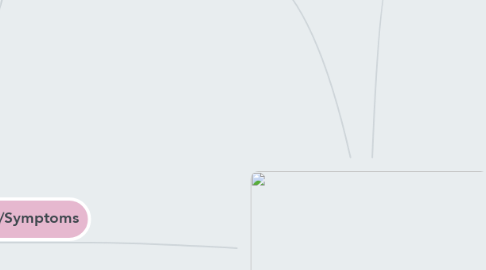Schizophrenia
by Nathalie Salafranca


1. Causative factors
1.1. Dopamine Hypothesis
1.2. Brain Structure
1.2.1. Small frontal lobe
1.3. Genetic: familial; monozygotic twin
2. Risk factors
2.1. Early onset: Late teens to early twenties
2.2. Late-Onset after 40 years old
2.3. Very-late onset after 60 years old
2.4. Early Onset: Predominant male gender
2.5. Late onset: Predominant female gender
2.6. Family history of Schizophrenia/other psychiatric conditions
2.7. Having other psychiatric conditions: Depression, Anxiety and Substance abuse
2.8. Socioenvironmental factors
2.8.1. Migration
2.8.2. Trauma
3. Treatments/Interventions
3.1. Medications
3.1.1. Atypical Antipsychotic drugs
3.1.2. Conventional Antipsychotic drugs
3.2. Cognition-enhancing therapy
4. Diagnostic test
4.1. Psychiatric evaluation
4.2. Positive and Negative Syndrome Scale (PANSS)
4.3. Abnormal Involuntary Movement Scale
4.4. Rule out: substance abuse
4.4.1. Liver function test
4.4.2. Toxicology Screens
4.4.3. CBC
4.4.4. Thyroid function test
4.4.5. CT Scan
4.5. Blood test (VeriPsych): search of Biosignatures or combination of genes that appear in certain types of illnesses.
5. Pathophysiologic etiology
5.1. Obscure etiology
5.2. Cholinergic Hypoactivity Hypothesis
5.2.1. Downregulation of Anticholinergic activity to critical level produces an inflammatory response in central/peripheral nervous system.
5.2.2. Decrease of Muscarinic receptors (M1, M2, M4, M5) in large areas of the brain.
5.2.3. Hyperactivity of dopaminergic system
5.3. Heterogenous condition
6. Signs/Symptoms
6.1. Delusions (lasting more than 1 month)
6.2. Auditory/Visual Hallucinations (lasting more than 1 month)
6.3. Negative symptoms
6.3.1. flat affect
6.3.2. appears withdrawn
6.4. Disorganized speech (lasting more than 1 month)
6.5. Unable to function in school, work, self-care
6.6. Positive symptoms
6.6.1. delusions
6.6.2. hallucinations
6.6.3. disorganized thinking
